The automated optical-inspection-system market in Indonesia is characterized by a dynamic competitive landscape, driven by technological advancements and increasing demand for quality assurance across various industries. Key players such as Cognex Corporation (US), Keyence Corporation (JP), and Omron Corporation (JP) are at the forefront, leveraging innovation and strategic partnerships to enhance their market presence. Cognex Corporation (US) focuses on integrating artificial intelligence into its inspection systems, which appears to be a pivotal strategy in meeting the evolving needs of manufacturers. Meanwhile, Keyence Corporation (JP) emphasizes regional expansion, particularly in Southeast Asia, to capitalize on the growing industrial base, while Omron Corporation (JP) is investing heavily in digital transformation initiatives to streamline operations and improve customer engagement. Collectively, these strategies contribute to a competitive environment that is increasingly centered around technological differentiation and customer-centric solutions.
In terms of business tactics, companies are localizing manufacturing to reduce costs and optimize supply chains, which is particularly relevant in the context of Indonesia's diverse industrial landscape. The market structure is moderately fragmented, with several players vying for market share, yet the influence of major companies remains substantial. This competitive structure fosters innovation and encourages smaller firms to adopt advanced technologies to remain relevant.
In October 2025, Cognex Corporation (US) announced the launch of a new AI-driven inspection system designed to enhance defect detection in electronic components. This strategic move is significant as it not only reinforces Cognex's commitment to innovation but also positions the company to capture a larger share of the electronics manufacturing sector, which is experiencing rapid growth in Indonesia. The integration of AI into their systems is likely to set a new standard for quality assurance in the industry.
In September 2025, Keyence Corporation (JP) expanded its operations by opening a new regional office in Jakarta, aimed at providing localized support and services to its customers. This expansion is indicative of Keyence's strategy to deepen its market penetration in Indonesia, allowing for more tailored solutions that meet the specific needs of local manufacturers. Such a move could enhance customer loyalty and drive sales growth in a competitive market.
In August 2025, Omron Corporation (JP) launched a partnership with a local technology firm to develop customized inspection solutions for the automotive sector. This collaboration is strategically important as it enables Omron to leverage local expertise and insights, thereby enhancing its product offerings and responsiveness to market demands. The partnership may also facilitate quicker adaptation to industry changes, positioning Omron favorably against competitors.
As of November 2025, the most pressing trends in the automated optical-inspection-system market include the integration of digital technologies, a focus on sustainability, and the application of AI. Strategic alliances are increasingly shaping the competitive landscape, allowing companies to pool resources and expertise. Looking ahead, it is anticipated that competitive differentiation will evolve, shifting from price-based competition to a focus on innovation, technological advancements, and supply chain reliability. This transition underscores the importance of agility and responsiveness in a rapidly changing market.


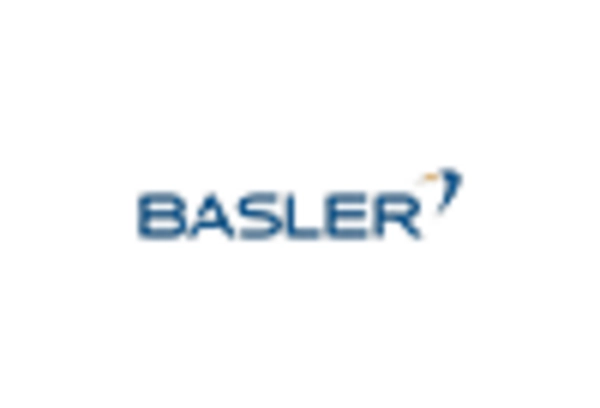
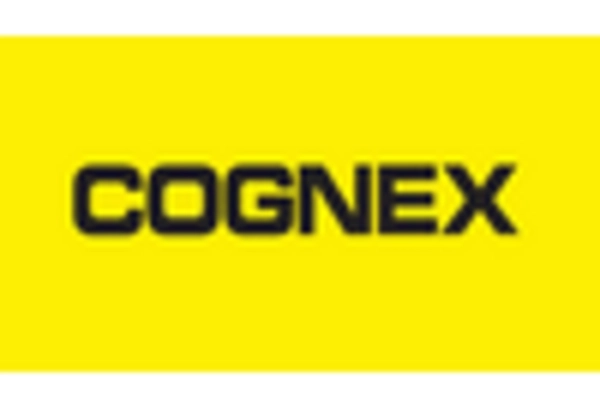

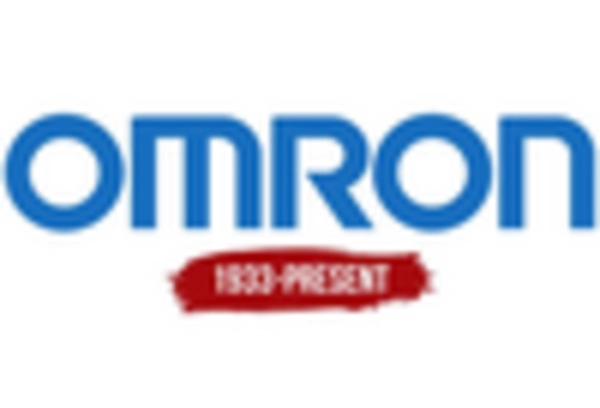
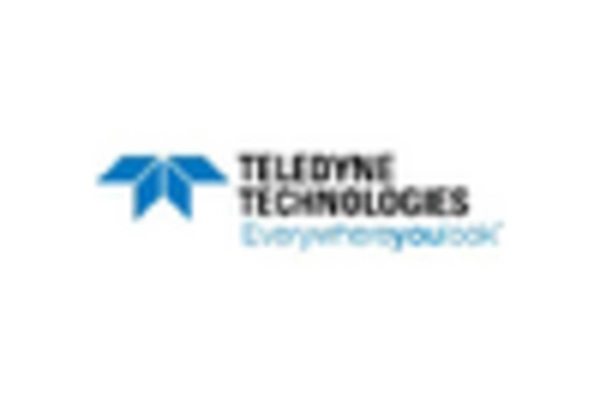
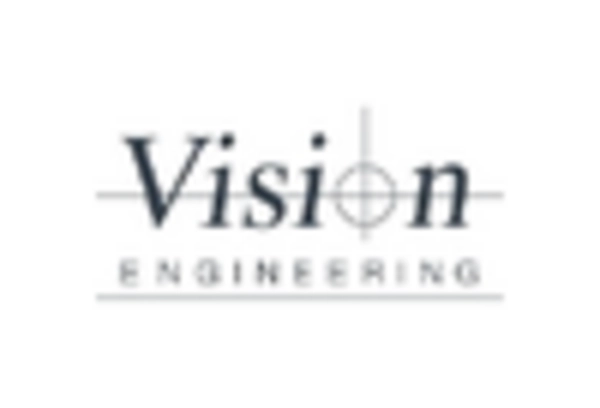








Leave a Comment